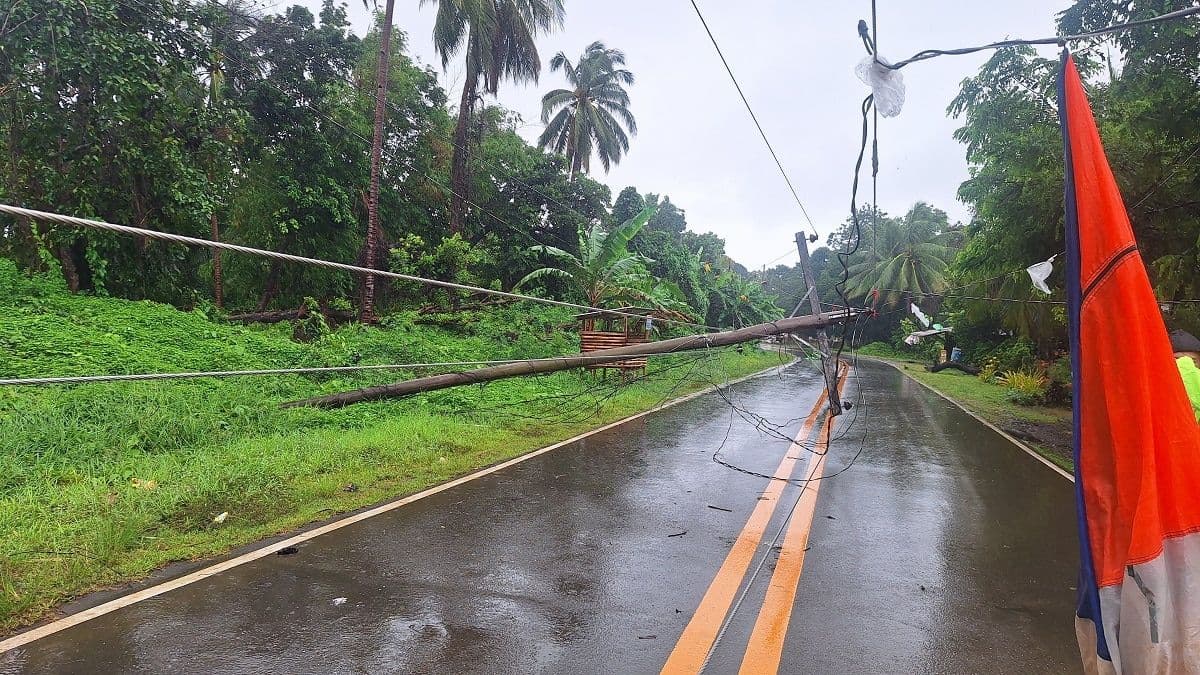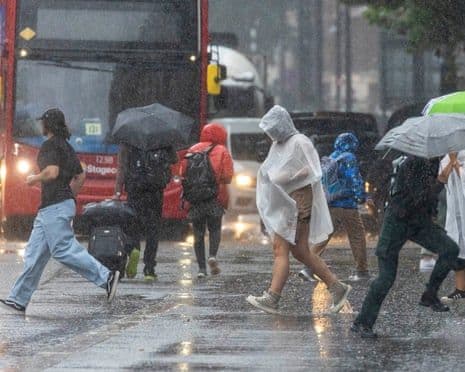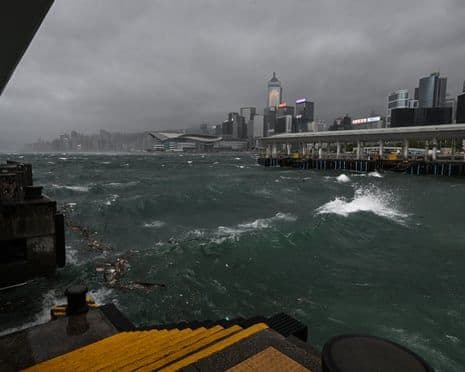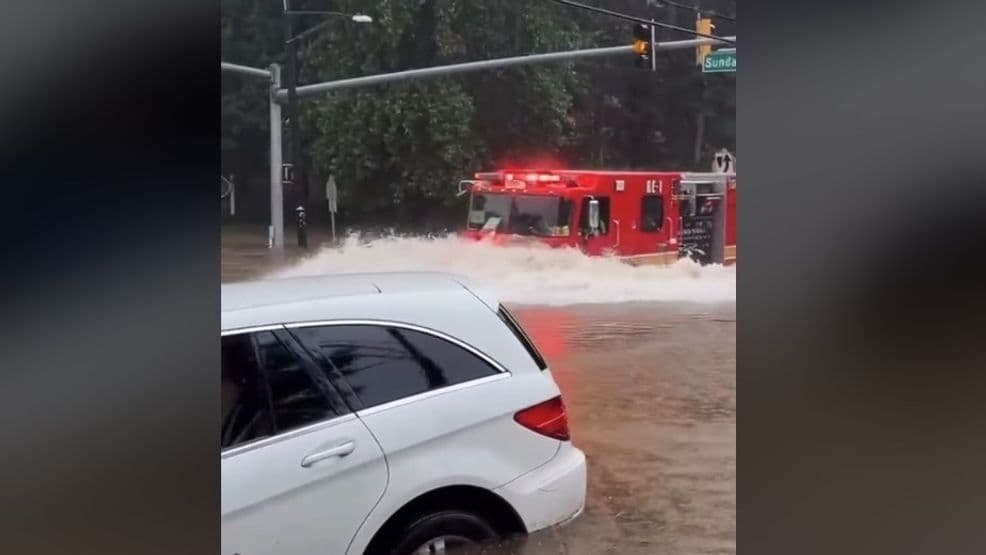The Sky's Shifting Mood: Building Resilience in Rain's New Era
Unpack rain's paradox: its vital role and its growing threat. Learn how societies are innovating to build hydro-resilience and navigate a climate-changed world.
The Ancient Contract: Rain as Life-Giver
For millennia, humanity's existence has been intricately woven with the rhythms of rain. Across diverse civilizations, from the fertile crescents of ancient to the lush valleys fed by seasonal monsoons, precipitation has been revered as the ultimate life-giver. It replenishes aquifers, irrigates fields, sustains livestock, and breathes life into ecosystems, shaping cultures, economies, and livelihoods. In regions like , , , and , the annual monsoon isn't merely a weather event; it's the very pulse of life, dictating agricultural cycles and ensuring water security for millions. This ancient contract, where rain delivered bounty, allowed societies to flourish, building intricate systems around its predictable patterns. Historically, the swelling of rivers like the at points such as and signaled prosperity, a promise of sustenance for the year ahead. But as our climate shifts, this revered relationship is undergoing a profound transformation, challenging the very predictability that humanity has come to rely upon.
When Bounty Becomes Burden: Navigating Climate's Fury
The paradox of rain in our changing world is stark: what once brought life now frequently unleashes devastation. The very monsoons that are vital for agriculture are increasingly characterized by extreme, unpredictable downpours, transforming bounty into a formidable burden. We're seeing widespread areas, from 's bustling streets to the remote reaches of and , grappling with flash floods and urban inundation. The human toll is undeniable, with lives tragically lost due to roof collapses, landslides, and other rain-induced emergencies, leaving communities reeling. Emergency services are stretched thin, constantly pulling people from rising waters and clearing debris, a stark reminder of nature's formidable power when it turns. The ongoing cycles of intense rainfall, with new spells looming even as the previous ones recede, highlight a critical challenge: our infrastructure and preparedness systems are struggling to cope with this new, more volatile reality, demanding an urgent re-evaluation of how we coexist with a climate that increasingly expresses its fury through water.
Blueprints for a Wetter World: Infrastructure and Innovation
Responding to this escalating challenge demands more than just reactive measures; it calls for a fundamental overhaul of our infrastructure and a surge in innovative solutions. The recurring flood alerts for major rivers, coupled with widespread urban flooding, underscore the urgent need for robust, climate-resilient blueprints. This isn't just about building higher walls; it's about reimagining drainage systems, developing smart water management, and investing in early warning technologies that can truly stay ahead of the deluge. While governments are placing districts on high alert and directing departments from irrigation to local government to prepare, the ongoing calls for accountability and comprehensive reports on damages reveal a systemic gap. Future-proofing our cities and rural areas means integrating advanced meteorological forecasting with adaptive infrastructure, ensuring that emergency control rooms are not just staffed, but equipped with the tools and data to anticipate and mitigate the impacts of increasingly intense rainfall, turning potential 'rain carnage' into manageable events.
The Human Element: Community-Led Resilience
While national strategies and advanced infrastructure are crucial, true hydro-resilience fundamentally relies on the human element and empowered communities. The frustration voiced over repeated unpreparedness, despite clear forecasts, points to a critical need for bridging the gap between top-down directives and grassroots action. It's not enough for disaster agencies to exist; they must effectively engage with and support local populations. When families are losing homes and lives to roof collapses, or mothers are searching for children in floodwaters, it highlights a profound failure in protecting citizens. This underscores the necessity of community-led initiatives: localized flood preparedness plans, citizen education on safe practices, and the development of neighborhood-level response teams. Empowering communities with knowledge, resources, and the ability to act swiftly can transform them from passive victims into active agents of resilience. It's about recognizing that effective disaster management isn't just about government departments; it's a shared responsibility that thrives on local knowledge and collective action.
Charting a Hydro-Resilient Future: A Call to Action
The path to a hydro-resilient future is a collective journey, demanding a decisive shift from merely reacting to rain-induced disasters to proactively shaping our coexistence with evolving precipitation patterns. From the forecasted heavy rains across , , and , to the perpetual flood alerts on major rivers, the signals are clear: this is our new normal. It's imperative that we integrate strategic infrastructure development with cutting-edge innovation, ensuring our cities and rural landscapes are designed to absorb, manage, and recover from intense rainfall. Simultaneously, we must champion community-driven solutions, empowering local populations with the tools and knowledge to protect themselves and their livelihoods. This means robust early warning systems, sustained public awareness campaigns urging caution around weak infrastructure, and fostering a culture of preparedness at every level. Our call to action is simple yet profound: embrace a holistic approach, where policy, technology, and human ingenuity converge to transform rain from an unpredictable force of destruction back into the life-sustaining force it was always meant to be, ensuring safety and prosperity for generations to come.
Related Articles

Weathering the Storm: Unpacking Resilience in a Deluge-Prone Nation

Weathering the Storm: Unpacking Resilience in a Deluge-Prone Nation

Britain's Deluge Dilemma: Unpacking the Urban Flood Challenge Amidst Rising Rain Warnings

Britain's Deluge Dilemma: Unpacking the Urban Flood Challenge Amidst Rising Rain Warnings

The Human Equation of Extreme Weather: Adapting to Nature's Shifting Moods

The Human Equation of Extreme Weather: Adapting to Nature's Shifting Moods

The Unseen Floodlines: Why Your City's Weather Risks Are Deeper Than You Think
